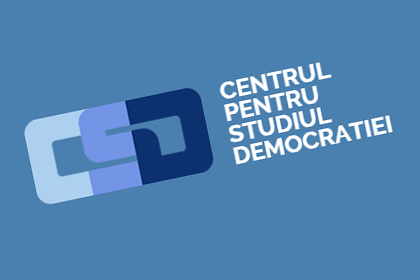According to the World Bank (The World Bank, 2015), Romania’s housing stock consists of around 8.5 million units located across 5.3 million buildings. Having the highest rate of unoccupied houses (16%) in the European Union, would in principle translate into higher mobility and a more stable housing market. However, most of the unoccupied houses are located either in areas where the real-estate market is practically idle and properties are low-value and low-quality, or in holiday areas and are thus occasionally occupied (Lăzărescu & Diacon, 2020).
Romania also has one of the highest home ownership rates in Europe with a 94,7% private property ratio (Guvernul României, 2020). Three factors contribute the most to an entrenched culture of home ownership: a dysfunctional rental market, the post-communist housing legacy given the house-access policy practiced by the socialist regime and the unfavourable banking terms in place. In Romania nine out of ten homeowners live in dwellings for which they have to pay loans, while in the EU only 26.5% of the properties are encumbered by loans.

